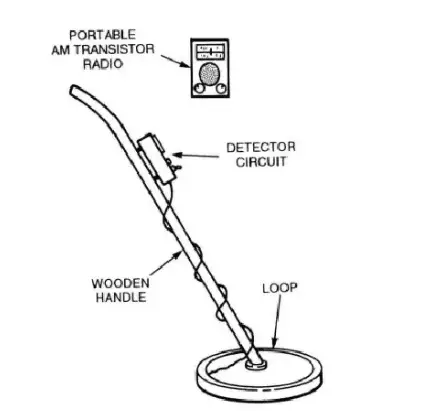

Today, DETECTOR probes have been deployed at the Sanef road gantry in northern France, where they provide continuous monitoring of the spectrum and build a database of all interference events. Even the lowest power jammers were detected as soon as they were switched on in vehicles hundreds of metres away from the detection equipment.įollowing the testing at ATC, DETECTOR’s capabilities were demonstrated at a September workshop before an audience of over 40 GNSS experts from government, industry and research organisations from across Europe. In all test scenarios, DETECTOR successfully detected and classified the jammers, with signal characteristics consistent with ‘truth’ samples from laboratory testing. Tests also included placing obstructions between the jammers and the detecting antennas. DETECTOR’s functionality was tested using different jammers and vehicles and by jamming vehicles travelling at different speeds and in different directions. This end-to-end solution was tested at the Automotive Testing Centre ( ATC), located in Aldenhoven, Germany, which has the capacity to safely use jammers in realistic road environments. In cases of jamming, the system makes it possible to distinguish different jammers, identify multiple detections of the same jammer and trends in the interference threat, and support the development of effective counter-measures. When RFI is detected, the probes store a sample of raw RF data to perform a preliminary analysis before sending the information to the back office for further automated processing and determination of the type of interference.Īs a result, users can quickly determine the likely impact of an interference event, along with differentiating unintentional interference from intentional jamming. Operating autonomously, the probes continuously monitor the RF spectrum around the GNSS L1 frequency. To mitigate these disruptions, DETECTOR has developed a system to successfully detect, characterise and classify RFI sources.ĭETECTOR uses low-cost probes that can be installed along roadsides or other strategic infrastructures and which communicate with a back-office facility. This autumn, the FP7 project DETECTOR confirmed its ability to efficiently detect potential threats to GNSS positioning, timing and velocity.Ī consistent problem with GNSS services is disruption caused by radio frequency interference ( RFI) sources.


 0 kommentar(er)
0 kommentar(er)
